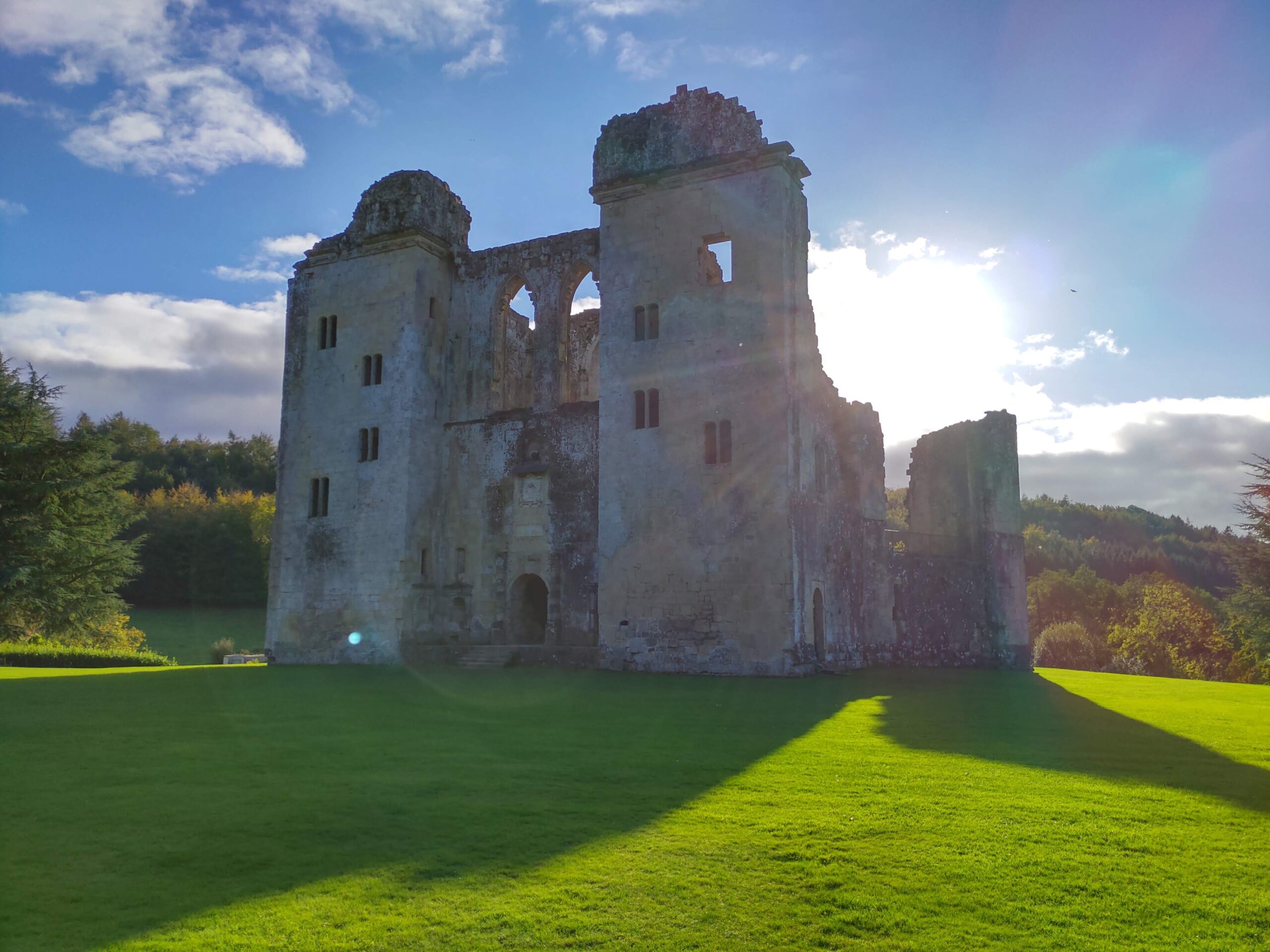Old Wardour Castle was constructed in the 1390’s as a lavish fortified castle, set in the delightful Wiltshire countryside. The castle was destroyed during the English Civil War, but the ruins were left untouched as an ornamental feature. Today the site is managed by the English Heritage and open to the public for exploring.
| Built | 14th Century |
| Type | Hexagonal |
| Condition | Ruins (extensive stone works remain) |
| Ownership | English Heritage |
| Access | Public – Fee |
Click here to watch our tour of Old Wardour castle and discover it’s history
Wardour Castle Built By A Knight For Luxury
Built by Lord John Lovell in the late 1390’s, John already owned properties in Oxfordshire and Northamptonshire, Wardour Castle was built less for defence and more for luxury and show. John was an accomplished knight and had become established in King Richard II’s inner ring of advisers and courtiers.
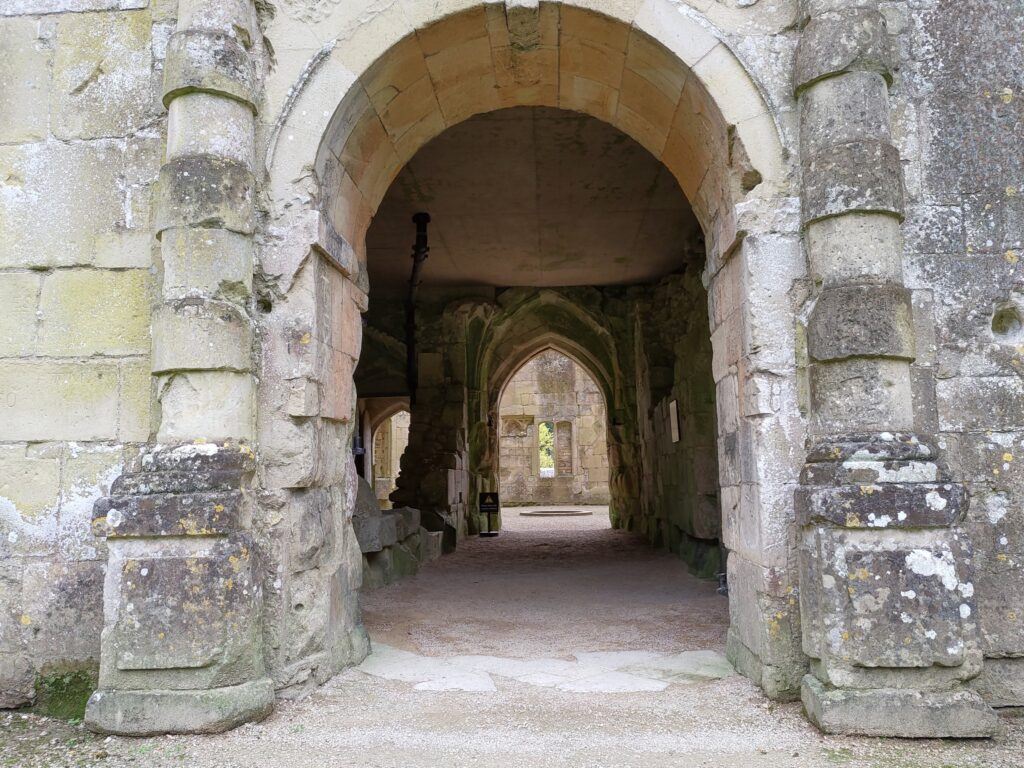
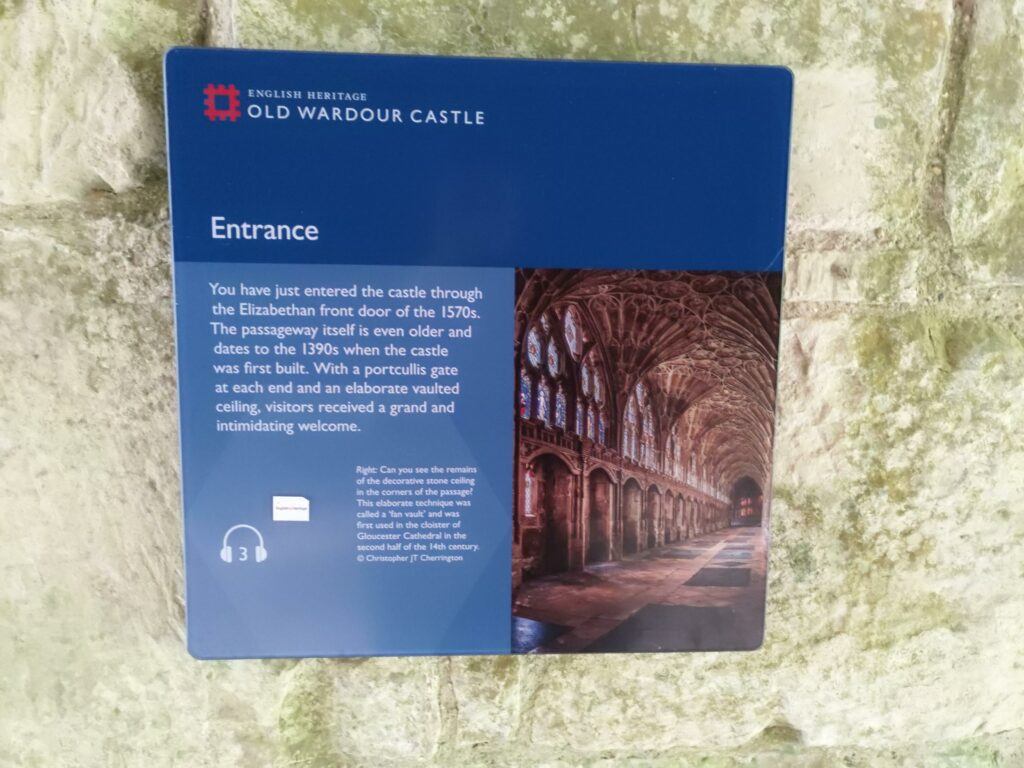
In 1393 the king granted John the ‘licence to crenellate’ which allowed to build Wardour Castle. The castle had a hexagon plan with several self-contained guest suites with individual fireplaces and latrines. The castle’s keep reached four storeys high and was arranged around a central courtyard. The upper floors included a Great Hall, Lobby and Great Chamber.
At the time of the War of the Roses (1455-1487), the 8th Lord Lovell was a Lancastrian supporter, and his property was seized by the Yorkists and so came the end of the Lovell time at Wardour.
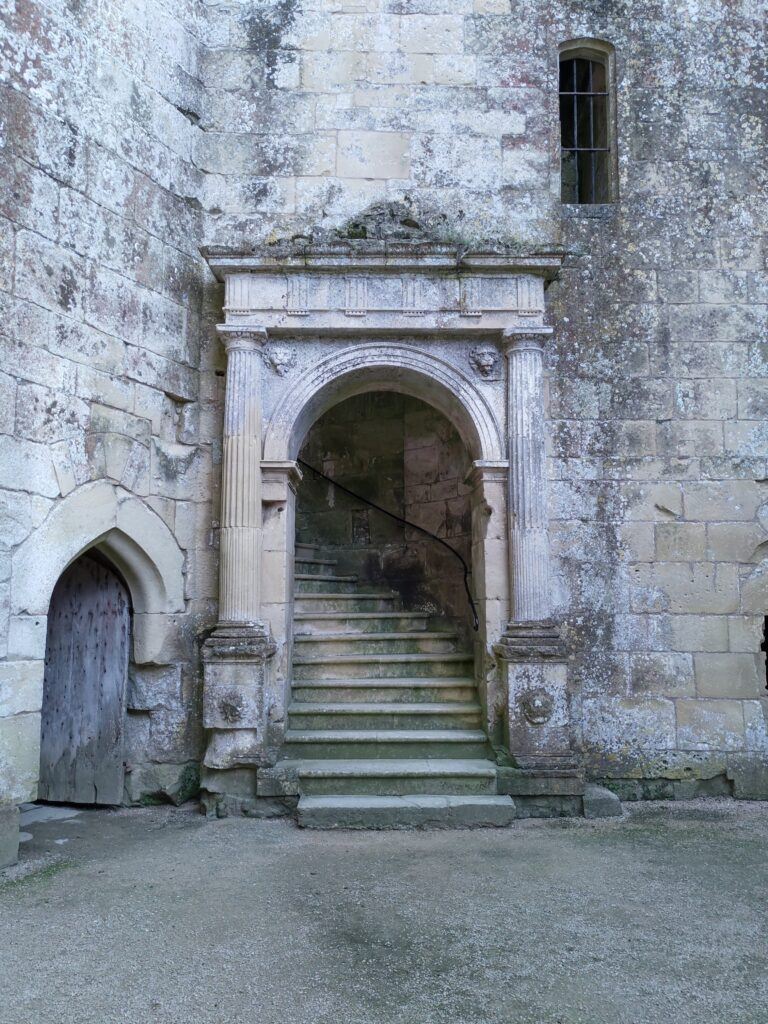
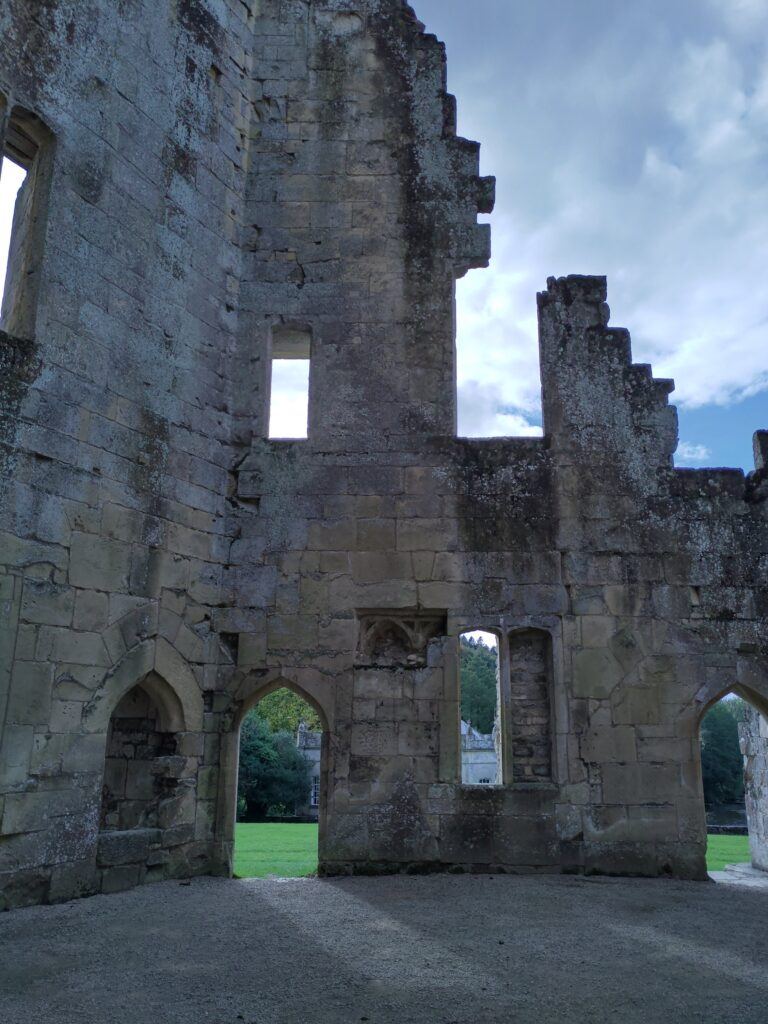
Arundell Era
The castle was later sold by the crown and passed through numerous owners before Sir Thomas Arundell acquired it in 1547. Again the castle was confiscated in 1552, after Thomas was executed for treason.
Thomas’s son, Matthew had a talent for keeping in with people of power. Matthew was in Queen Elizabeth I’s service for 26 years and married one of her ladies in waiting, Margaret Willoughby and was knighted in 1574. Matthew managed to buy back Wardour Castle in 1570 and set about modernising it. The medieval great chamber was transformed into an Elizabethan great parlour (a common room for family members to enjoy leisure activities), other rooms were relocated, windows were enlarged and were lavishly decorated.
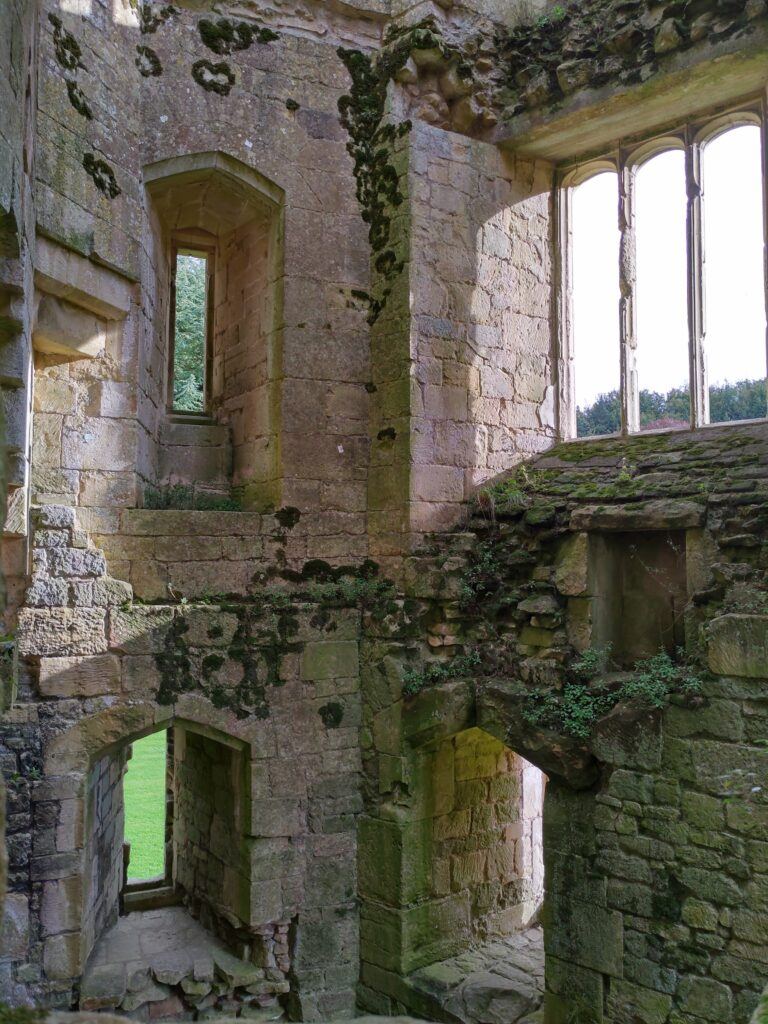
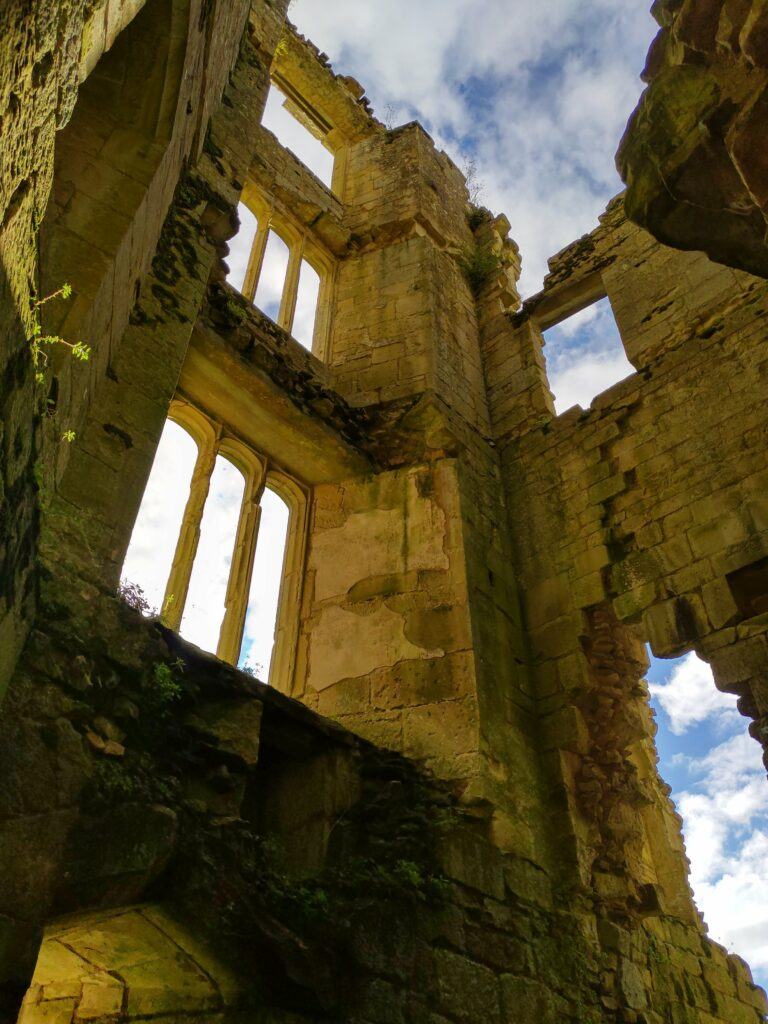
During the English Civil War (1642–1651), the Catholic Thomas Arundell was a Royalist Supporter. Whilst Thomas was away he instructed his 61 year old wife, Blanche Arundell to defend the castle with 25 garrisoned troops. Nearby at Farleigh-Hungerford Castle, Parliamentarian Sir Edward Hungerford saw an opportunity and attacked Old Wardour Castle with up to 1300 men on 2 May 1643. Edward demanded entry to search for Royalists, but Blanche refused and Edward laid siege. The walls were set upon with guns and mines, and five days later, fearing the castle’s annihilation, Blanche surrendered.
Thomas Arundel died after the Battle of Stratton in May 1643. The son of Thomas and Blanche, Henry returned to Old Wardour Castle with a Royalist army in November 1643. Henry blockaded the castle and blasted a great deal of the wall away, forcing the garrisoned Parliamentarians to surrender.
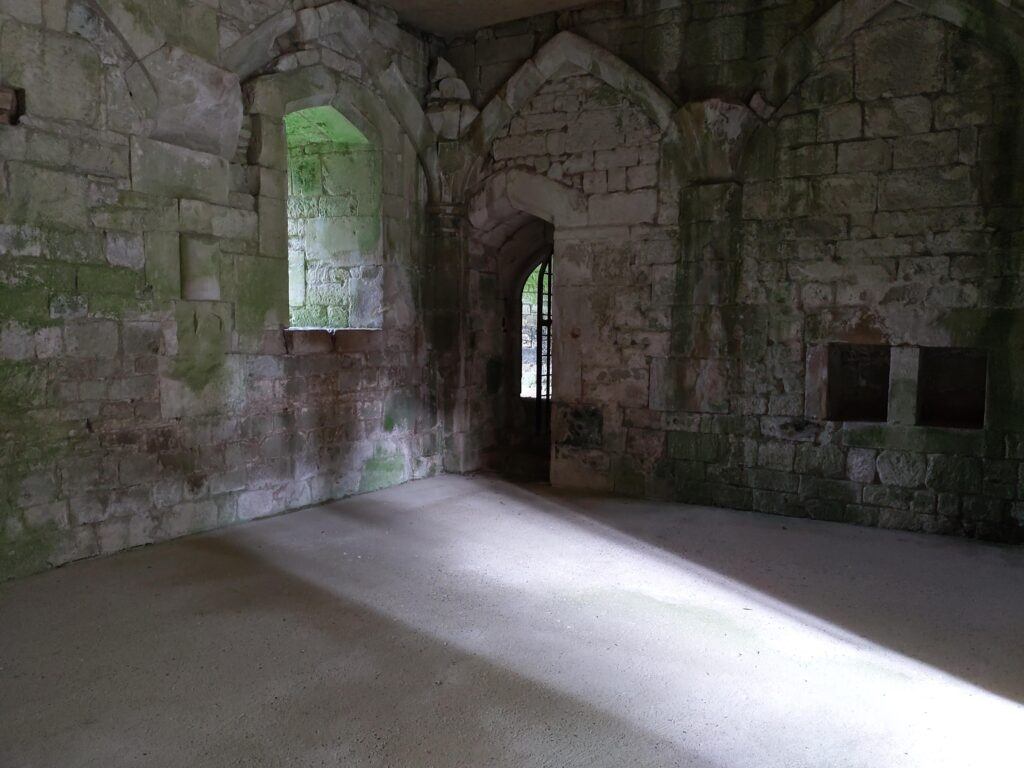
The Arundell family slowly regained power and wealth but instead of rebuilding Old Wardour Castle a new Wardour Castle was constructed nearby, though it is not a castle but a country house. Luckily the ruins of Old Wardour Castle were left untouched as the Arundel family found them to be an ornamental feature in their estate.
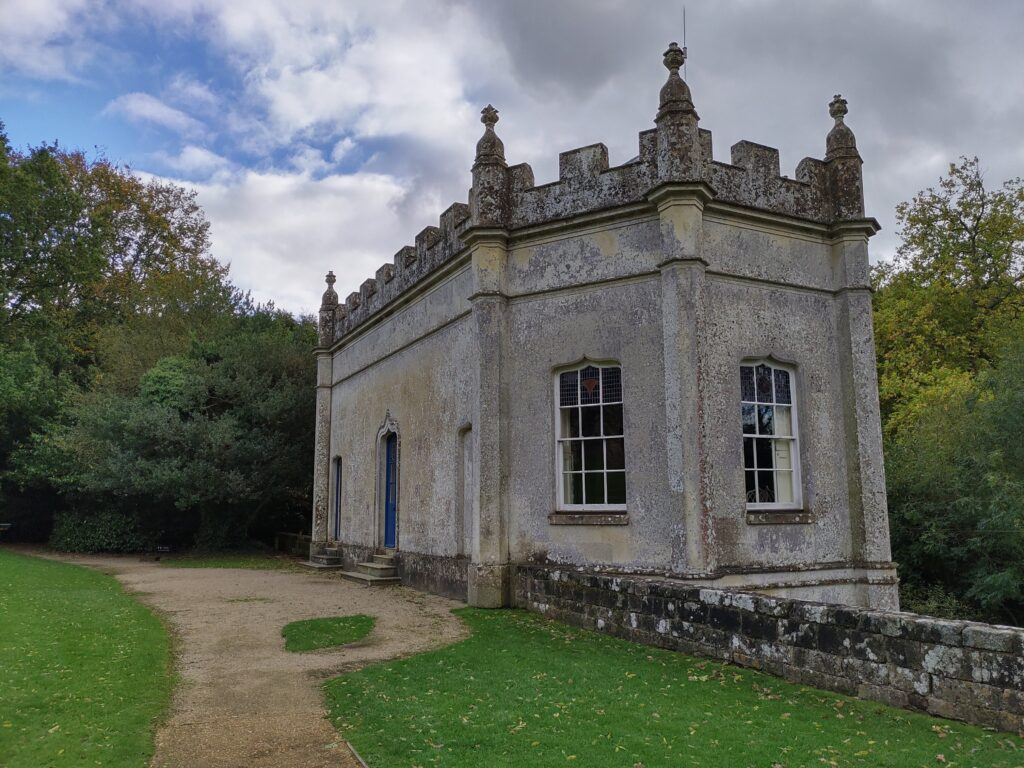
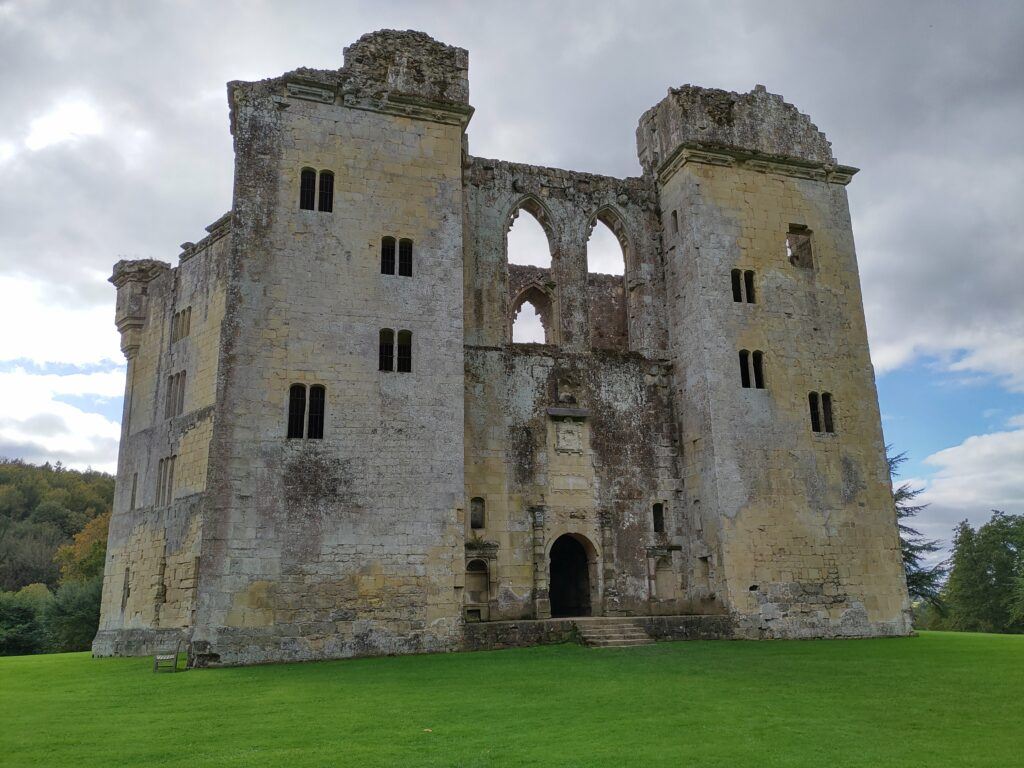
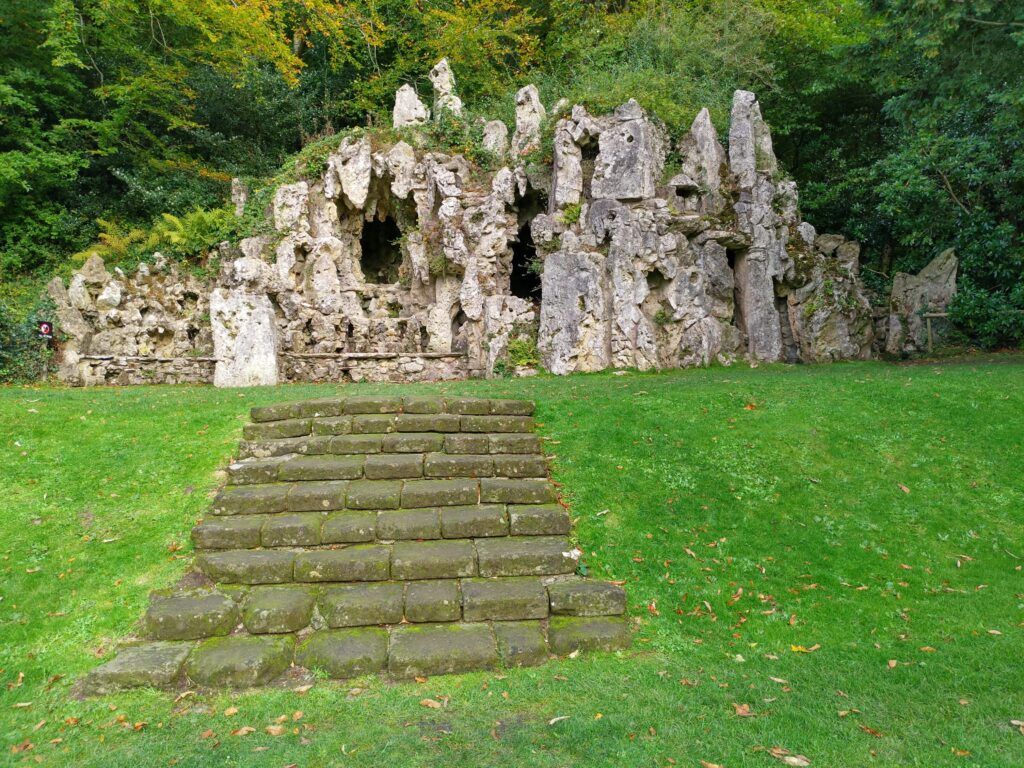
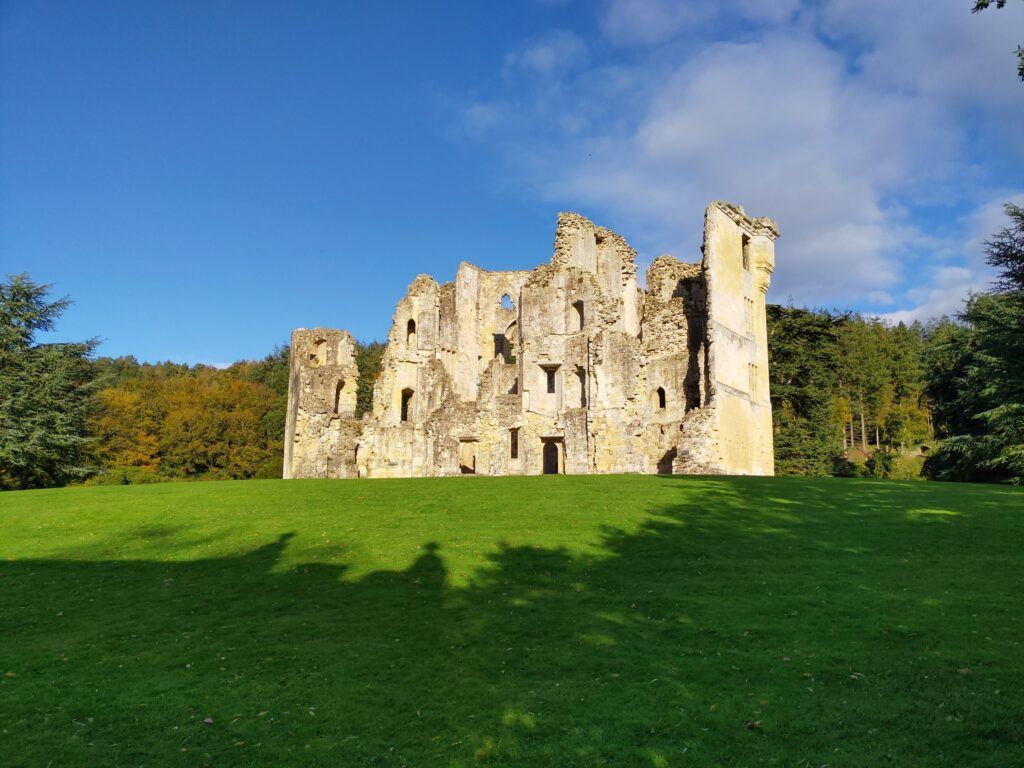
Today Old Wardour Castle is a Grade I listed building and looked after by the English Heritage. The castle ruins, east tower staircase with stunning scenic views, grotto and woodland are open to the public.
Postcode SP3 6RR
Click below to watch our video on the history and exploring Old Wardour castle

